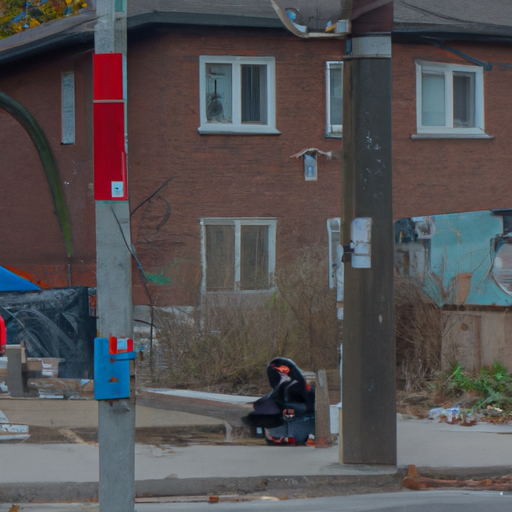Understanding the Opioid Crisis in Canada
In recent years, Canada has witnessed a startling surge in opioid-related deaths, with Hamilton among the hardest-hit cities. The escalating crisis has triggered a profound societal and health care emergency.
According to a CBC article, the effects are all too evident as opioid-related crimes, health issues and homelessness continue to increase. A public policy issue marked by complexity, the opioid crisis demands concerted action by city officials, healthcare organizations, and community leaders.
Unfolding the Multiple Effects of the Opioid Crisis
Opioid-related Crime
One major consequence of the opioid crisis is the rise in crime. The desperate need to support addiction can drive individuals to robbery, theft, drug dealing, and other criminal activities. This not only endangers public safety but also strains law enforcement resources.
Health Implications
The health implications of the opioid crisis are alarming. High numbers of opioid-related hospitalizations and rising death tolls speak to the urgent need for effective interventions. The article reveals how this public health issue is placing a heavy burden on local healthcare providers in Hamilton.
Homelessness and Social Disintegration
The opioid crisis is intertwined with homelessness, as those struggling with addiction often find themselves without a roof over their heads. The resulting social disintegration worsens as family relationships rupture, jobs are lost, and personal health worsens.
Action to Combat the Opioid Crisis
In response to the crisis, several initiatives have been taken, including the Canadian opioid abatement class action lawsuit and the issuance of naloxone kits. However, more robust, comprehensive strategies are necessary to address this multifaceted issue.
Canadian Opioid Abatement Class Action
In an aim to hold pharmaceutical companies accountable for their part in fuelling the opioid crisis, a class action opioid lawsuit in Canada was instigated. The legal action signifies a critical step towards justice for families impacted by addiction and loss.
Naloxone: A Lifesaving Intervention
Naloxone, an emergency treatment to reverse an opioid overdose, has been widely distributed in communities ravaged by the opioid crisis. The medication can immediately restore breathing in someone overdosing on opioids, serving as a literal lifeline during a critical situation. In Hamilton, the use of naloxone has seen a significant increase, as reported in the CBC article.
Key Points: A Summary
- The escalation of the Canadian opioid crisis is particularly evident in Hamilton
- Opioid crisis repercussions include increased crime rates, severe health impacts, and homelessness
- Significant action taken includes the Canadian opioid abatement class action, and the wide distribution of naloxone
Conclusion
The Canadian opioid crisis is a complex public issue, affecting multiple facets of our society, from crime rates to healthcare resources, employment, and family structures. Initiatives like the Canadian opioid abatement class action and wide distribution of naloxone kits signify important steps in the battle against this crisis.
Yet, greater efforts are needed. City officials, healthcare providers, and community leaders must work together to devise robust strategies combating this epidemic and, ultimately, strive to mitigate the human cost of the opioid crisis.
